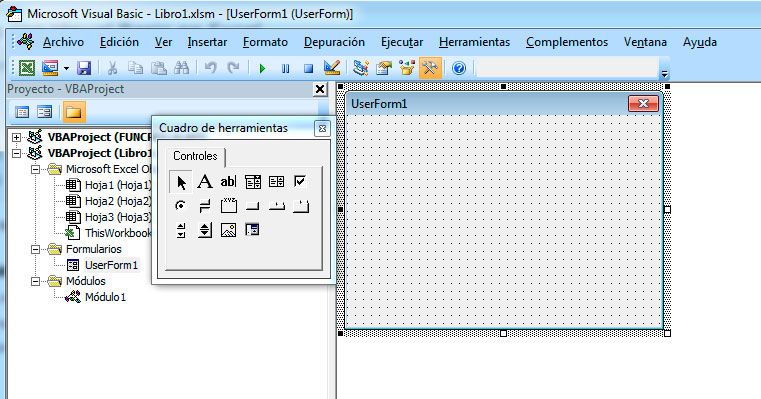

- MICROSOFT VISUAL BASIC FOR APPLICATIONS EXCEL 2010 HOW TO
- MICROSOFT VISUAL BASIC FOR APPLICATIONS EXCEL 2010 CODE
- MICROSOFT VISUAL BASIC FOR APPLICATIONS EXCEL 2010 MAC
In this section, I will take you through the different parts of the Visual Basic Editor application. While Excel has improved tremendously in design and usability over the years, the VB Editor has not seen any change in the way it looks. There are different options and sections that may seem completely new at first.Īlso, it still has an old Excel 97 days look. When you open the VB Editor for the first time, it may look a bit overwhelming. Anatomy of the Visual Basic Editor in Excel This is usually the case with worksheet events.
MICROSOFT VISUAL BASIC FOR APPLICATIONS EXCEL 2010 CODE
This is useful when you want to write code that works only for a specific worksheet. This method wouldn’t just open the VB Editor, it will also take you to the code window for that worksheet object. Go to any of the worksheet tabs, right-click, and select ‘View Code’. This is a less used method to open the Vb Editor.
MICROSOFT VISUAL BASIC FOR APPLICATIONS EXCEL 2010 HOW TO
MICROSOFT VISUAL BASIC FOR APPLICATIONS EXCEL 2010 MAC
The shortcut for the Mac version is Opt + F11 or Fn + Opt + F11 Using the Developer Tab This shortcut works as a toggle, so when you use it again, it will take you back to the Excel application (without closing the VB Editor). The easiest way to open the Visual Basic editor is to use the keyboard shortcut – ALT + F11 (hold the ALT key and press the F11 key).Īs soon as you do this, it will open a separate window for the Visual Basic editor. Keyboard Shortcut to Open the Visual Basic Editor Using a Keyboard Shortcut (easiest and fastest).There are various ways to open the Visual Basic Editor in Excel: You can copy a code from some other workbook or from the internet and paste it in the VB Editor.You can manually type VB code in the VB editor.



 0 kommentar(er)
0 kommentar(er)
